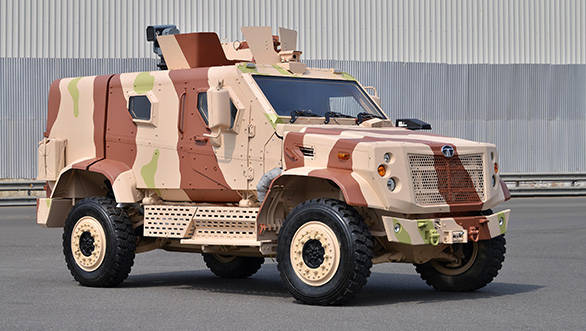- Joined
- Jul 25, 2017
- Messages
- 2,242
- Likes
- 1,961
I don't think you understand how MIC works. Russian MIC or Chinese MIC is fully government owned. Similarly, there is no need for private companies in India either,Moved this discussion to another thread..
There is nothing wrong in you having self-confidence and positive outlook towards Indian MIC.
but the reality is that there is no Indian MIC, I had hoped in 2015 that by 2019-2020 we would be having a semblance of making of an Indian MIC. unfortunately there is no signs of one getting created as of now. There are preconditions for a Indian MIC to be formed.
First There has to be a good proper war where our Indigenous products are tested and proven in battlefield conditions. That's the best marketing you can do.
Second Indian corporate houses are idiots, they don't have ground breaking long term visions. Other than Bharat forge there are no major companies who are willing to put where their mouth is in terms of new military products.
Hopefully by 2025 my dream for an Indian MIC is realised. But as things stand today it is a long shot.
Private companies in India are only for improving efficiency and not part of development. Development will be done mostly by DRDO (followed by HAL, OFB, CVRDE etc) while the private players are only for manufacturing the items with technology transfer and assistance of DRDO.
Private companies will never be in the research an development segment, at least not till 2030. Be assured of this. They will however be the perfect parasites who will not take any risks but only manufacture what using DRDO technology.
Indian PSUs though defamed, are actually world class in production facilities. So, the MIC of India will exist with PSU as backbone for the foreseable future.
Unless you intended to exclude PSUs from MIC, it is not correct to say India won't have MIC by 2025.




